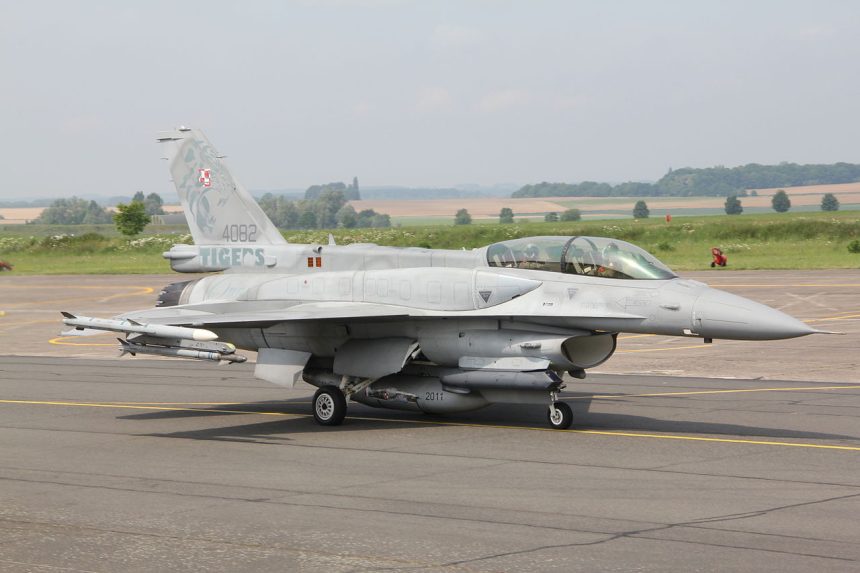For the first time ever, Polish F-16 jets deployed to Estonia to take part in the third edition of the Ramstein Alloy Exercise.
Ramstein Alloy is a two-day cyclic operation taking place in the Baltic region. The previous editions were hosted by Estonia and Latvia, this time, most of flying took place over Lithuania on Sept. 27-28.
The Polish Air Force took part in the drills with F-16 Block 52+ jets from the 31st AB in Krzesiny, near Poznan which were stationed at the Amari base in Estonia.
Along with the Polish Vipers, French Air Force Mirage 2000 fighters deployed to Siauliai, Lithuania as the lead NATO BAP (Baltic Air Patrol) nation, with German Air Force Eurofighters augmenting the BAP mission from Amari, Estonia, took part in the exercise.
Finland and Sweden, NATO partner nations, were also involved in the exercise as well as Baltic States that also contributed to the exercise: Lithuania, with its C-27J Spartan airlifters, and Latvia, that provided a Mi-17 helicopter to carry out SAR/CSAR operations.
The whole exercise was focused on the air policing/interception sorties, reconnaissance and provision of assistance to civil planes within the scope of emergency situations even though there was space for something more: for instance, the Polish jets were also engaged in CAS (Close Air Support) activities.
Ramstein Alloy was just the latest one of a series of activities and operations involving the Polish F-16s. abroad. Not only have the F-16 been deployed to the Middle East to fight Daesh (in a recce role, the relevant detachment from the Łask AB is stationed in Kuwait), but now they are also being deployed along the whole NATO’s Eastern Flank.
This may be considered as a rebuttal of those rumors suggesting that the Vipers operated by the Polish Air Force are not combat ready.
So far, the Polish Air Force has supported the BAP rotation with the MiG-29 Fulcrum for various reasons: from the assumption that the Fulcrum is less sensitive to FOD, through financial reasons, finishing with ELINT threat posed by the Russians.
Some claims also emerged, suggesting that Polish Vipers may not have had their AIDEWS suites updated hence unable to operate close to the Russian border.
The fact that the Polish F-16 jets have been deployed to Estonia has a double meaning then. First, it puts an end to the rumors regarding the potential lack of readiness of the Polish jets; second, it might be the sign that the Polish Vipers are being prepared to support the Baltic Air Policing operation next year, eventually replacing the old MiG-29 Fulcrums.
Image Credit: Wikimedia















